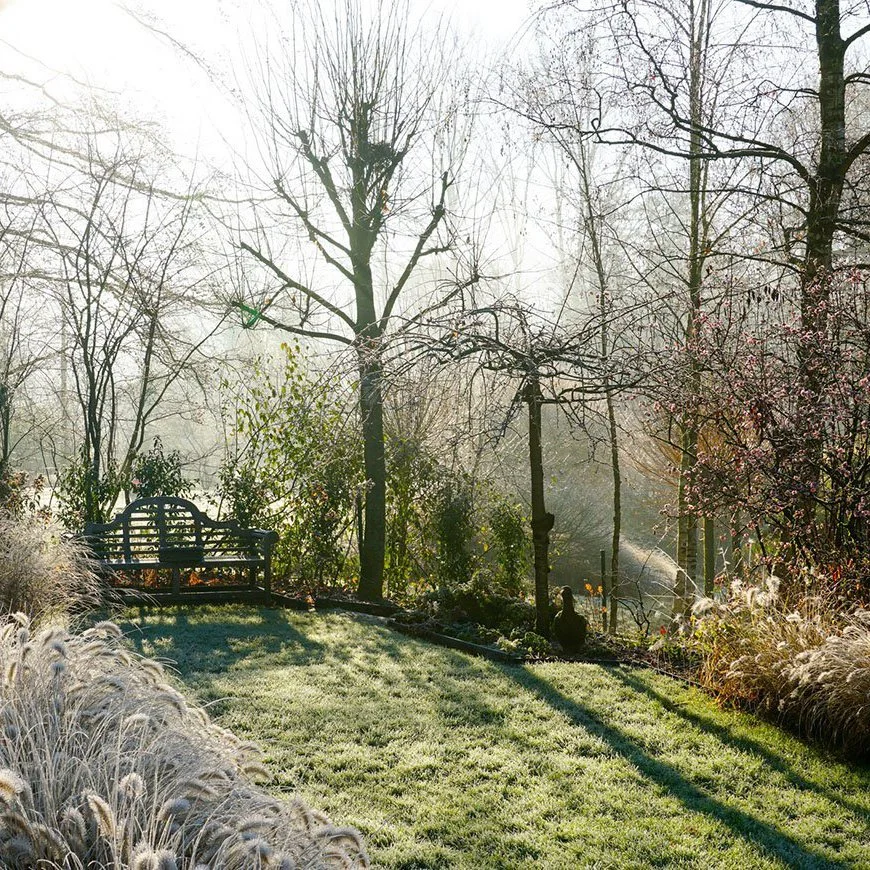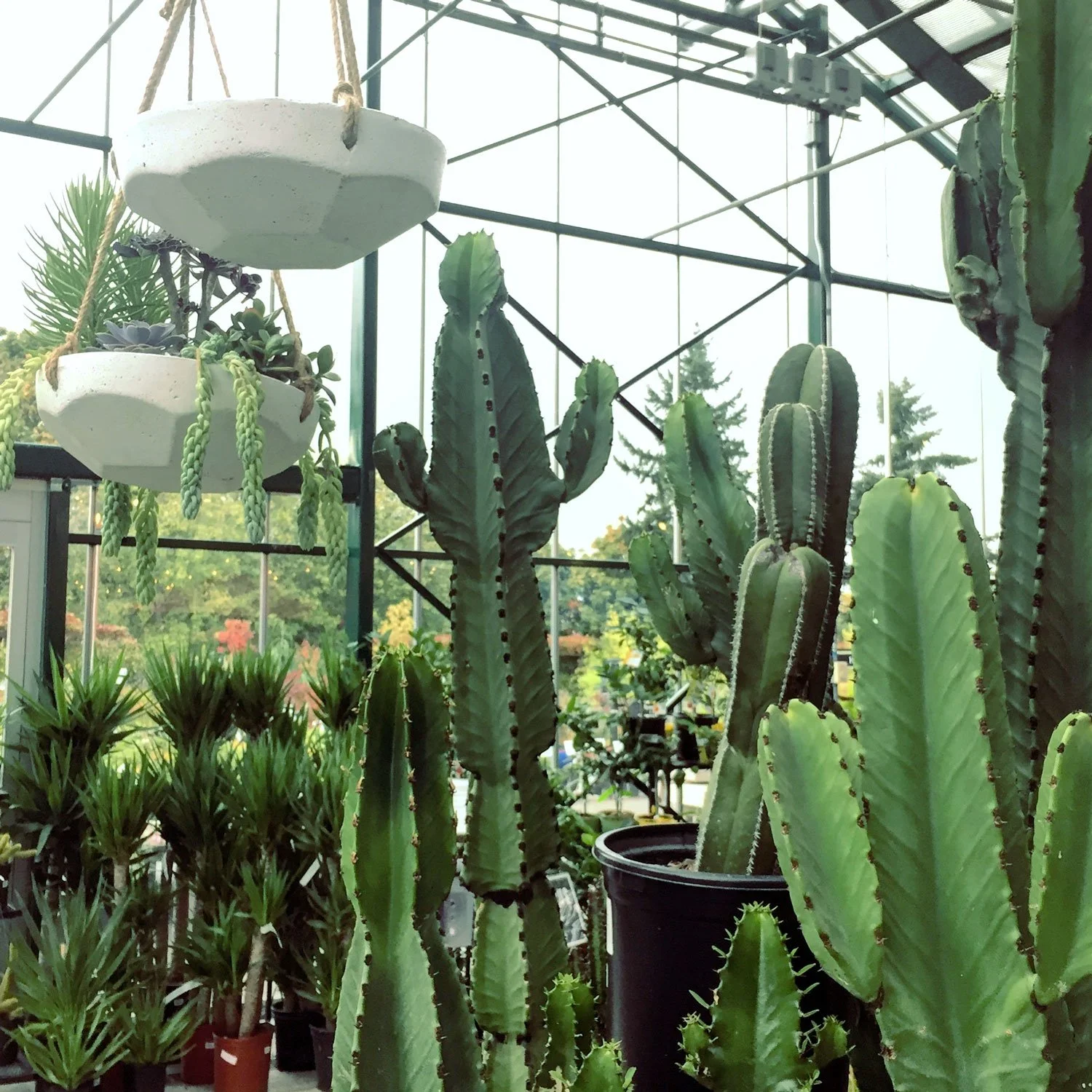MONTHLY GARDENING TIPS
Here’s what to do, what’s in bloom, and lots of tips and tricks for each month of the year. Check back each month to find new, seasonal tips for ornamental gardening, lawn care, edible gardening, and indoor plant care in the Pacific Northwest.
February Gardening Tips for the PNW
In the Garden
It’s our Early Spring Sale! Save 30% on all trees, shrubs, and perennials from February 15th-March 9th.
Want to brighten your garden? Early-blooming flowers such as hellebores, camellias, primroses, and winter pansies add much-needed color and can be planted now. See Our Favorite Early Spring Flowers for more. Potted early spring bulbs are another easy way to add blooms. Just sink the whole pot into the ground or place it in a decorative cachepot! Our favorites include fritillaria, dwarf iris, muscari, and hyacinth.
Late February is a great time to do a little pruning in preparation for spring. Learn how to prune trees, shrubs, and ornamental grasses in these blog posts: Winter Pruning of Ornamental Grasses and Winter Pruning Tips.
Late February (after the threat of severe frosts) is the best time to prune your roses. Remove any dead or injured canes and any suckers (branches growing from below the graft). Keep the three to five strongest canes but cut them back by about a third, making sure each cane has at least one outward-facing bud. Learn more in our blog post, How to Prune Roses.
Prune your wisteria now, when it is bare of leaves and flowers. Learn more in our two-part series, Promoting Wisteria Bloom. Part 1 covers basic wisteria care and Part 2 lays out a 3-year pruning plan.
It’s a good time to transplant deciduous shrubs now when they are dormant.
Edible Gardening
February is a great time to plant fruit for abundant summer harvests. We have a great selection of fruit trees and berries this month!
You can help protect apple and pear trees from pests and disease this month with an application of horticultural oil/dormant spray.
Start planning your edible garden with a little help from these blog posts and visit us now for the best selection of unique vegetable, fruit, and flower seeds.
Lawn Care
Sharpen mower blades and tune up equipment to prepare for spring.
Clean debris, such as pine needles, from the lawn. They can make the area overly acidic.
Try to limit traffic on frozen grass and wet, saturated soils.
As long as your lawn is not soggy, you can apply lime now to balance the pH of your soil.
Indoor Plants
Most indoor plants need less water in winter. Cacti and Succulents may only need to be watered monthly at most. Be sure to adjust your Watering Schedule accordingly.
Wait until March or April to begin fertilizing unless your plant is currently flowering.
Put off repotting until spring as well, unless your plants are very rootbound and their health is suffering. Learn more about winter plant care in our blog post: Your Checklist for Fall & Winter Houseplant Care.
Need support for your trailing plants? Our DIY Moss Pole blog post will help you create an attractive vertical support in 4 easy steps!




